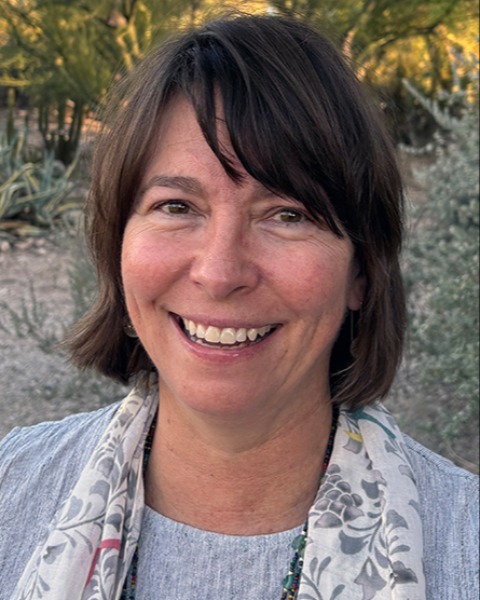Student 10-Minute Presentation
Systematics, Evolution, and Biodiversity
Student
Student Competition
The changing microbiome of a developing cactus bee, Diadasia opuntiae Cockerell

Charles T. Bradley
Ph.D. student
University of Arizona
Tucson, Arizona
Wendy Moore (she/her/hers)
Professor and Curator
University of Arizona
Tucson, Arizona
Presenting Author(s)
Co-Author(s)
Most solitary bee species emerge from the ground every year to construct nests consisting of a downward tunnel terminating in a series of individual chambers, which are filled with a spherical mass of collected pollen to feed an individual bee larva throughout its year-long development. To the developing bee, the provisioned pollen is largely composed of indigestible matter with little nutritional value. This pollen instead serves as a substrate for culturing a complex community of specialized microbes, transforming the pollen into a nutritionally complete food for the larvae. Some of these microbes are then harbored in the larval bee’s gut throughout the rest of its development. These microbial communities are complex, being made up of dozens to hundreds of bacterial and fungal species. While there has been some research into the changes in microbial community composition over the course of a larval bee’s development, the changes in microbial functional roles over host development remains unexplored. We are investigating the changes in taxonomic and functional profiles over the development of a native “cactus bee” species, Diadasia opuntiae Cockerell. To achieve these research goals, we are implementing a novel extraction procedure and series of bioinformatic techniques (read-based classification, metagenomic assembly, functional annotation, etc.) to analyze long-read (Nanopore) sequencing data.

.png)

